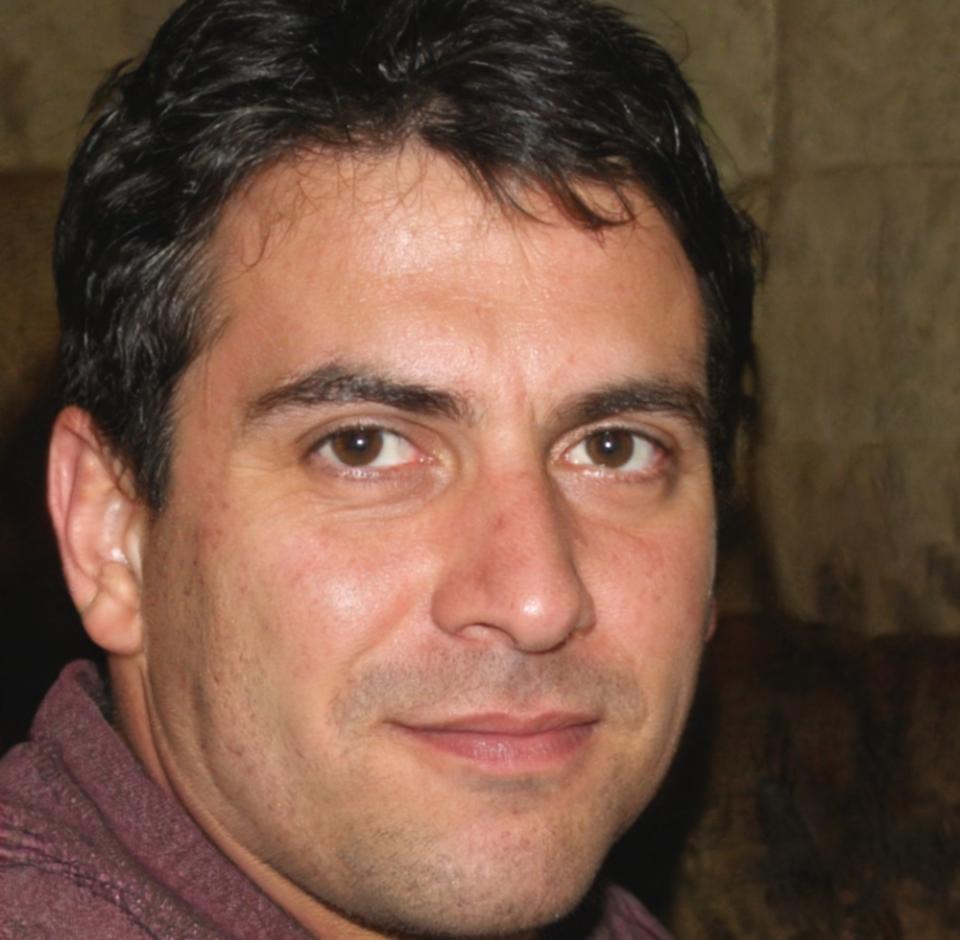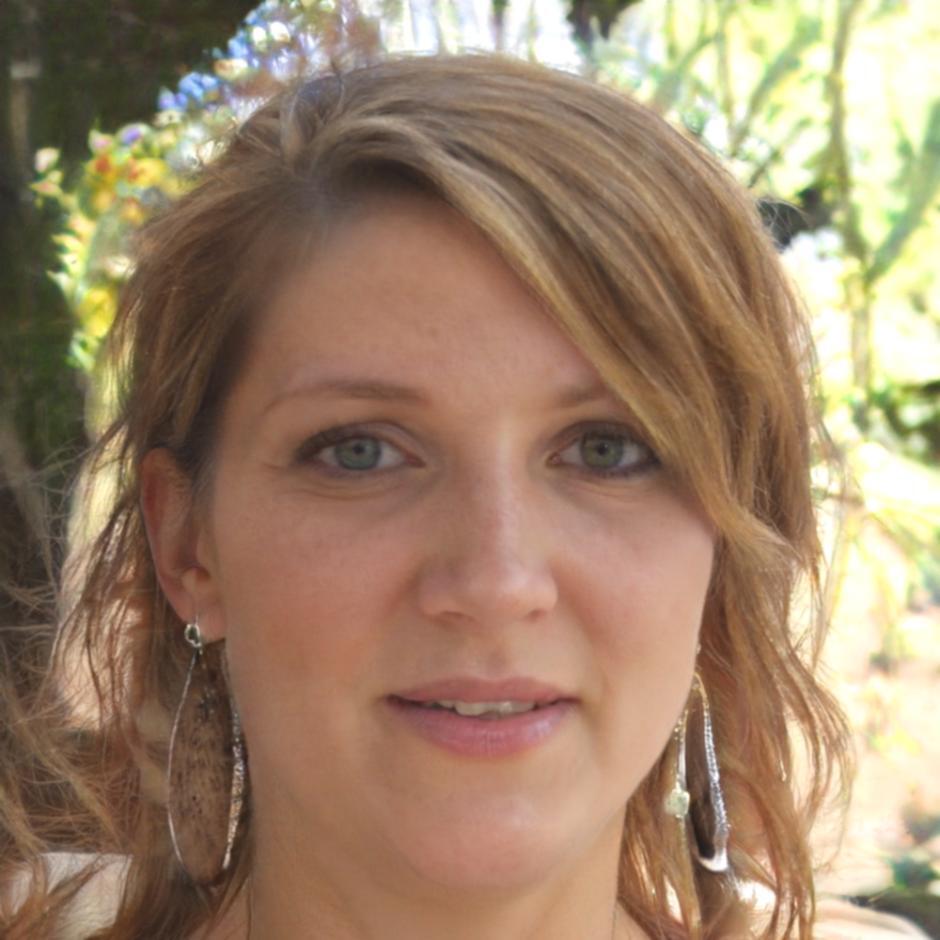Financial Training That Actually Fits Your Business
Most finance courses teach theory. We teach your team how to make better decisions with your actual budget, your real cash flow challenges, and the economic conditions you face in Argentina right now.
Start the Conversation
What Makes Our Approach Different
We've spent years helping companies navigate Argentina's unique financial landscape. Here's what tends to work better than standard training programs.
Context Matters More Than Templates
Your finance team doesn't need another spreadsheet template. They need to understand how inflation volatility affects your specific industry and how to adjust planning cycles accordingly.
Real Scenarios, Not Case Studies
We work through situations your team actually encounters. Currency fluctuations. Vendor payment timing. Budget revisions mid-quarter. The stuff that keeps CFOs up at night in Buenos Aires.
Building Internal Capability
The goal isn't dependency on consultants. We focus on developing your team's analytical skills so they can adapt when market conditions shift again in six months.
Flexible Scheduling Options
Some companies prefer intensive workshops. Others need ongoing monthly sessions. We've done both and everything in between, working around your operational calendar.
Senior-Level Perspective
Our facilitators have held finance leadership roles themselves. They understand the pressure of explaining variance reports to boards and managing stakeholder expectations during uncertain periods.
Multi-Department Integration
Finance doesn't operate in isolation. We help build better communication between your finance team and operations, sales, procurement—whoever touches budget decisions.


Who Actually Delivers This Training
We're not career trainers who jumped into finance education. Everyone on our team spent at least a decade in corporate finance roles before transitioning to advisory and training work.
Luciana worked as Controller for a mid-sized manufacturing company through the 2018-2019 currency crisis. She knows what it's like when your budget assumptions become obsolete in three weeks.
Rafael managed treasury operations for a retail chain with 40+ locations. He's dealt with the operational reality of cash flow forecasting when payment terms keep changing.
Both bring that practical perspective to training sessions. They've been in the room when executives ask tough questions, and they understand what financial teams need to function effectively under pressure.
How Programs Usually Take Shape
There's no rigid curriculum because every company faces different challenges. But most engagements follow a similar development path over several months.
Discovery Conversations
We meet with your finance leadership and a few team members to understand current processes, pain points, and what outcomes would actually be valuable. This typically takes two to three meetings over a few weeks.
Program Design
Based on those conversations, we propose a structure—could be six two-hour workshops, or three full-day sessions, or ongoing monthly training. We adjust based on your team size and availability.
Core Training Delivery
This is where the main work happens. Sessions combine conceptual frameworks with practical application using your company's data. Teams work through real scenarios and develop tools they can use immediately.
Implementation Support
Training doesn't automatically translate to changed behavior. We typically offer follow-up support—office hours, email access, brief check-ins—while teams integrate new approaches into their actual workflow.
Optional Ongoing Partnership
Some companies continue with quarterly refresher sessions or bring us back when facing new challenges. Others prefer a clean endpoint. Both approaches work fine, depending on your needs and internal capacity.
Let's Talk About Your Team's Needs
Every company has different financial challenges and team dynamics. Tell us about your situation, and we'll discuss whether a structured training program might be helpful for your organization.
Get in Touch